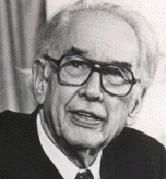| Key Words |
Scanning algorithm; grid search optimization algorithm; experiments with mixtures; constrained mixture spaces. |
| Abstract |
The scanning of factor spaces (both process and mixture), usually is referred to as a technique for creation of a set of points. This set can be applied as the domain, where the values of some response function are calculated. Alternatively this can be the set of candidate points, used for searching of optimal experimental designs. In many practical applications, where some constraints over the components are imposed, the width of the subregion along the components, can differs significantly. In such cases the regions of interest obtain complicated, elongated shape. A scanning algorithm, which provides options to choose different steps over the components, will save both computer resources for multicomponent (multifactor) tasks as well will provide regular (or at least controlled) distribution of the points across the scanned region. While the scanning, with different step lengths in an Euclidean coordinate space is trivial, the scanning of constrained mixture regions rises some algorithmic difficulties ... |
| Article PDF | Download article (PDF) |



